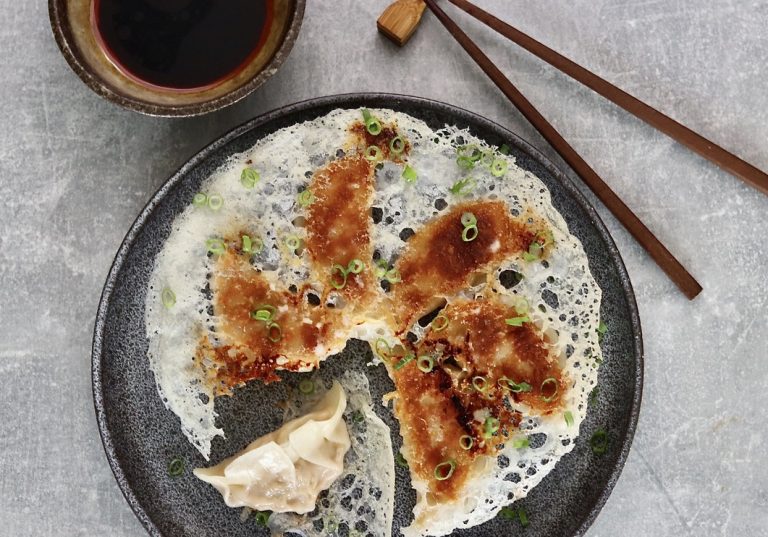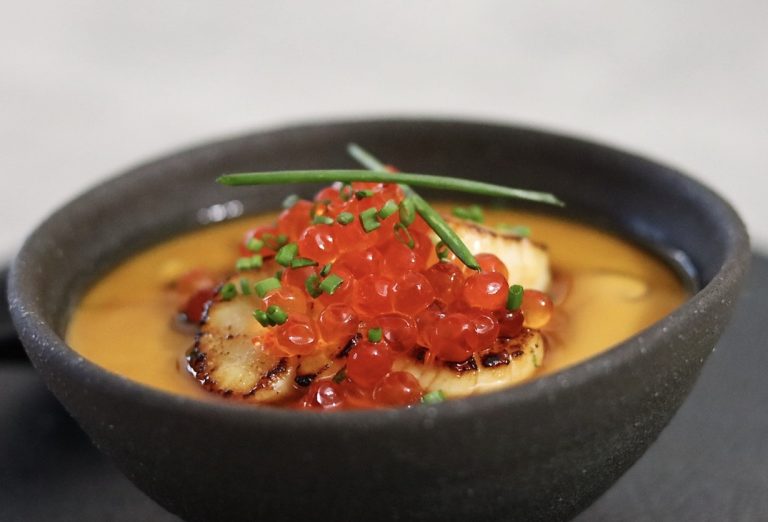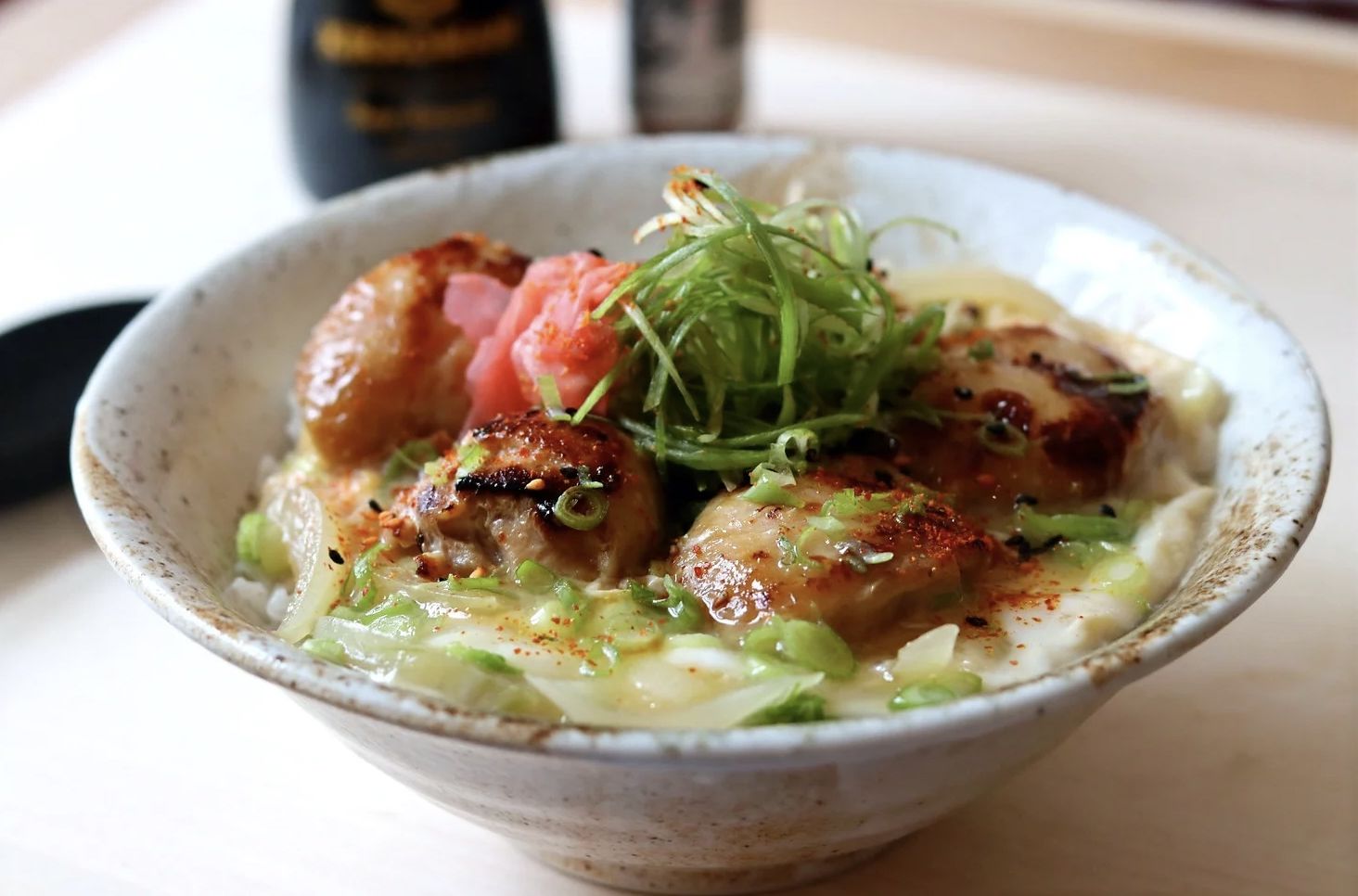
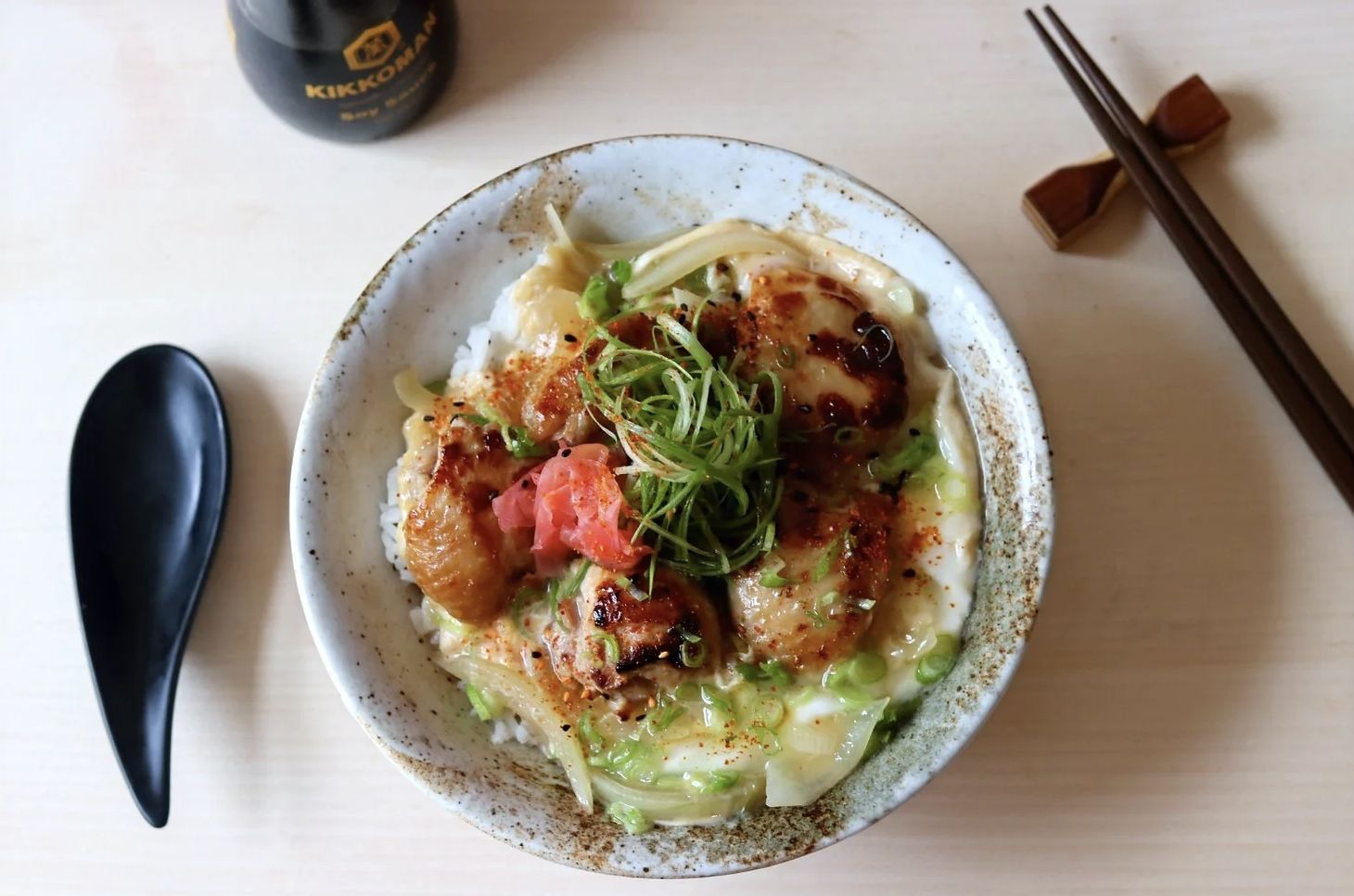
Intro:
Method:
Dashi stock:
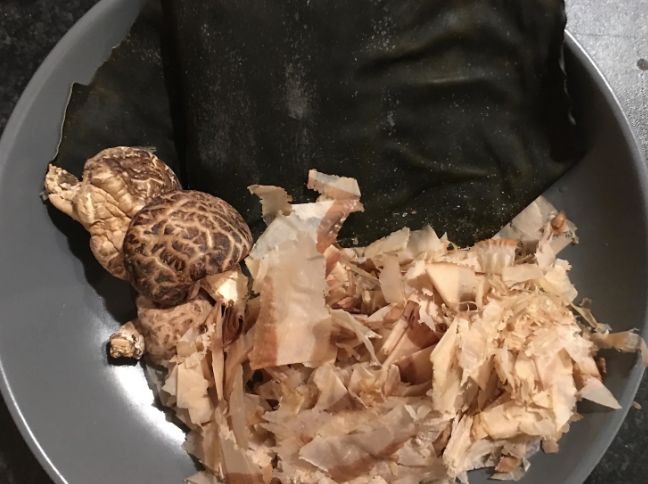
1. Let’s begin with making a dashi stock, dashi works best when left overnight or a few days to mature. The idea of dashi is to extract as much umami as possible although if you wish it can be made 1 hour before serving. In a pot add approximately 800ml of water then 15g of kombu and 3 dried shitake mushrooms. Allow to soak in cold water off the heat for 20 minutes.
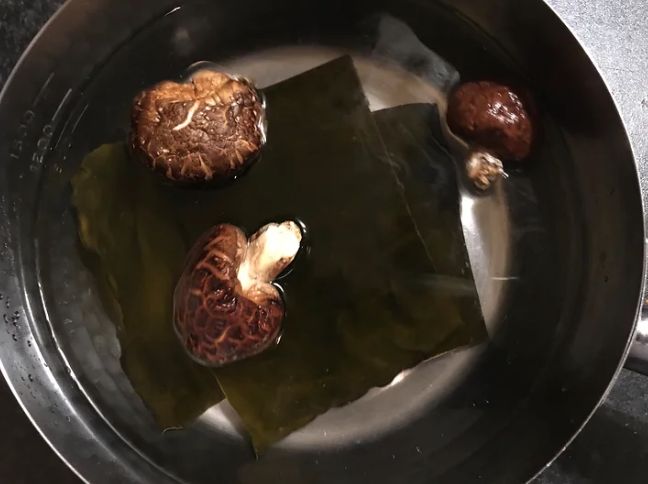
2. Now place the pot onto a medium heat and slowly bring the temperature of the stock up to 70°c. We do not want to boil at this stage as we will loose umami and it may make the dashi bitter. When at 70°c add 5g (a good handful) of bonito flakes then remove the stock from the heat. Allow the stock to steep for 15 minutes then pass the stock through a fine sieve into a bowl. Place the stock to one side as we will use this later.
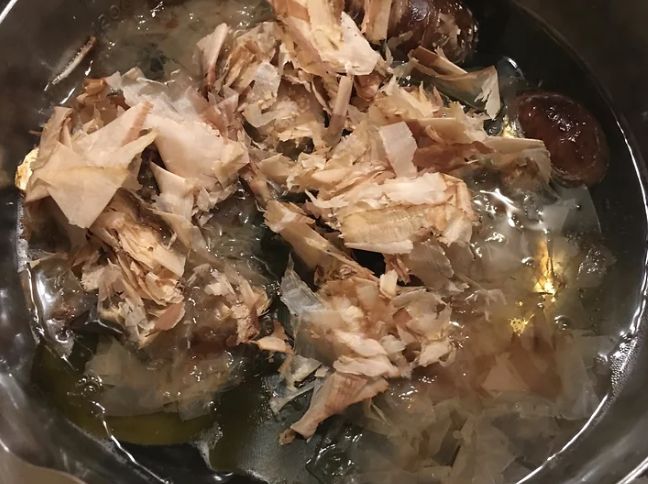
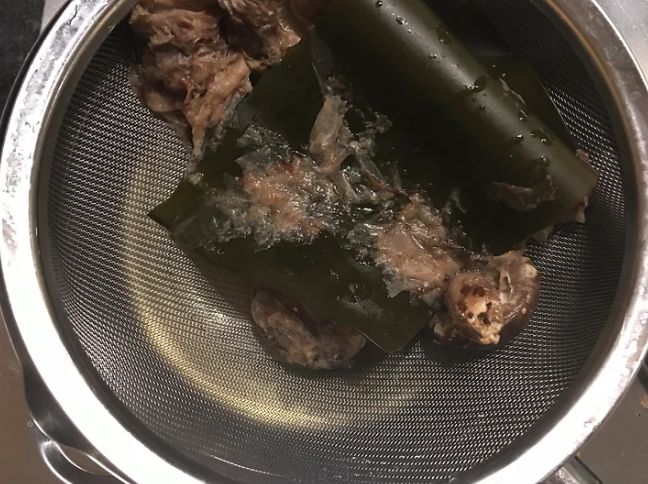
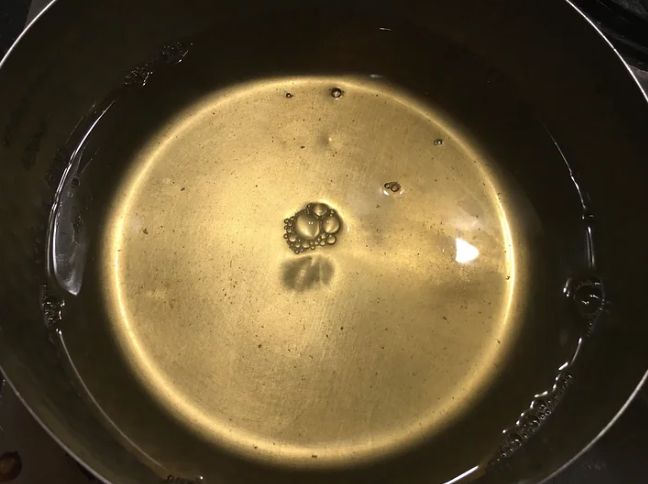
Chicken and Marinade:
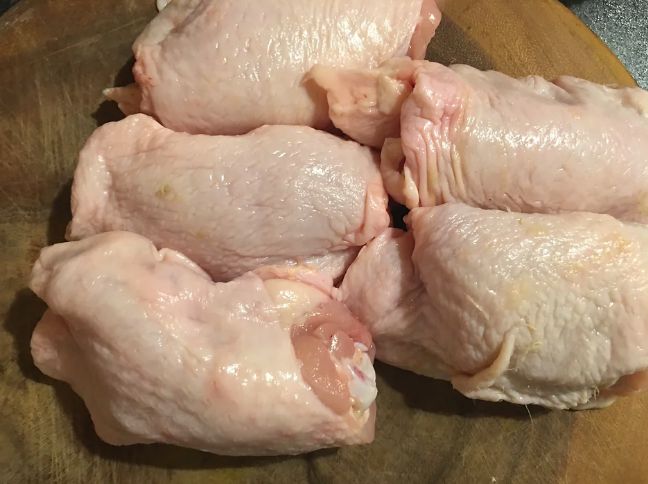
3. Before we add the chicken to the marinade we firstly need to remove the thigh bone. Carefully make a slight incision with a knife directly along the bone then use the bone as a guide to carefully cut away from the flesh. Remove all the bones then cut the chicken into bite sized pieces leaving the skin on.
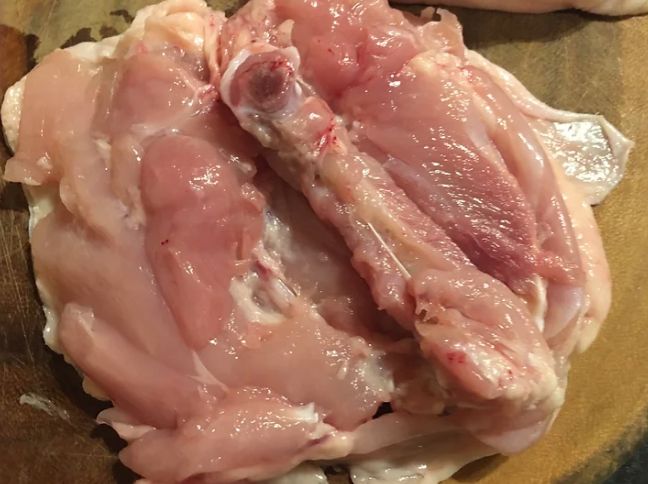
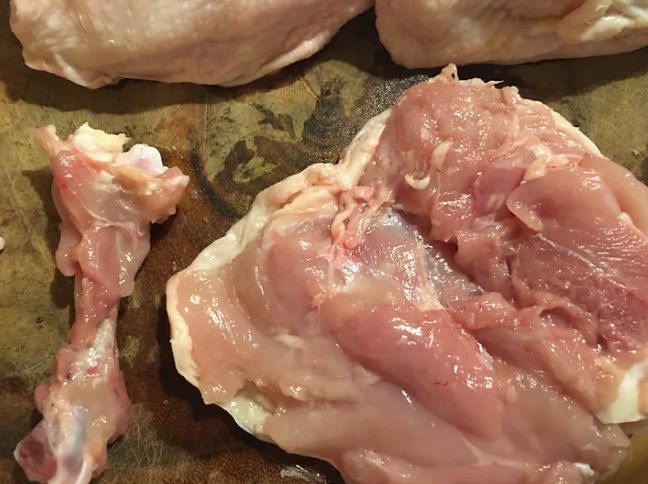
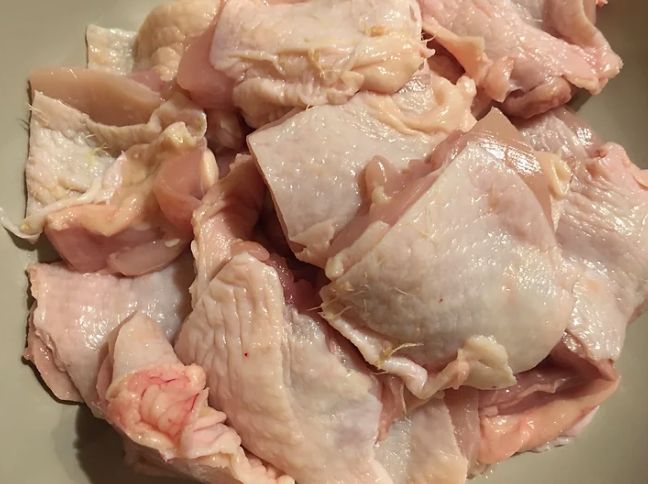
4. Now to marinade, this should be done at least 30 minutes or a few hours before cooking for the best results. Start by finely chopping or grating a 3cm piece of peeled ginger then add to the chicken along with 2 tbsp light soy, 2 tbsp mirin, 1 tsp sugar and 1 tsp yuzu juice or 1/2 lemon. Season with a touch of salt and white pepper then mix well. Allow at least 1/2 an hour of marinading before cooking.
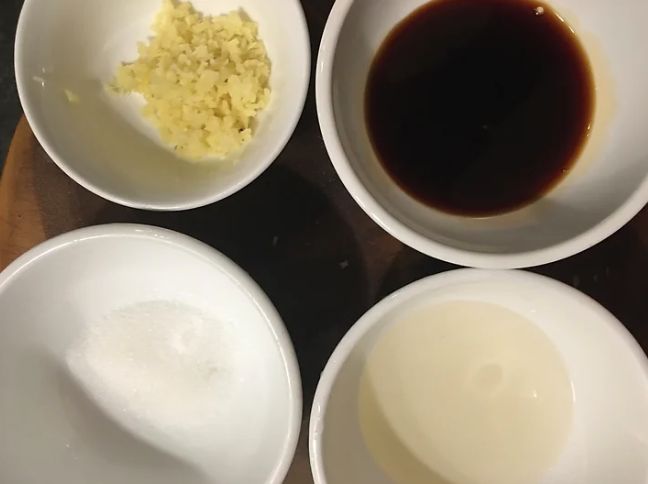
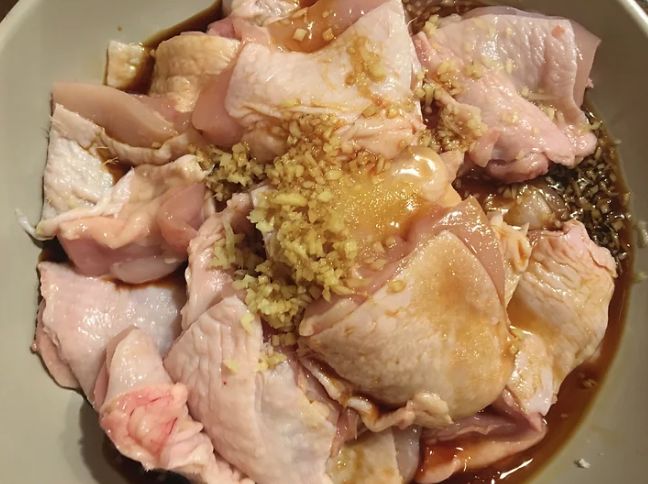
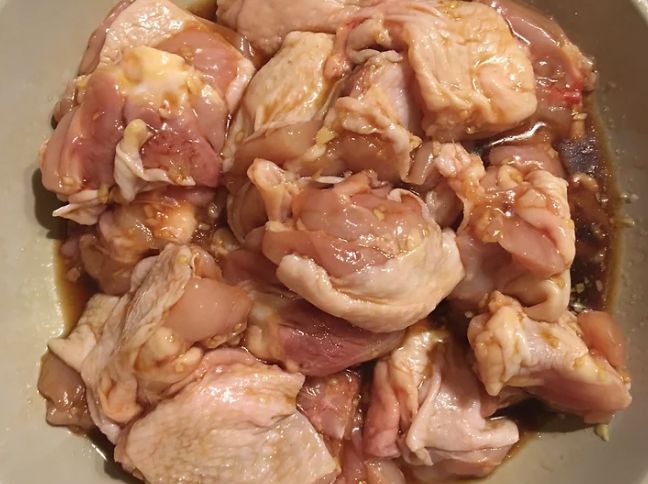
Final Prep:
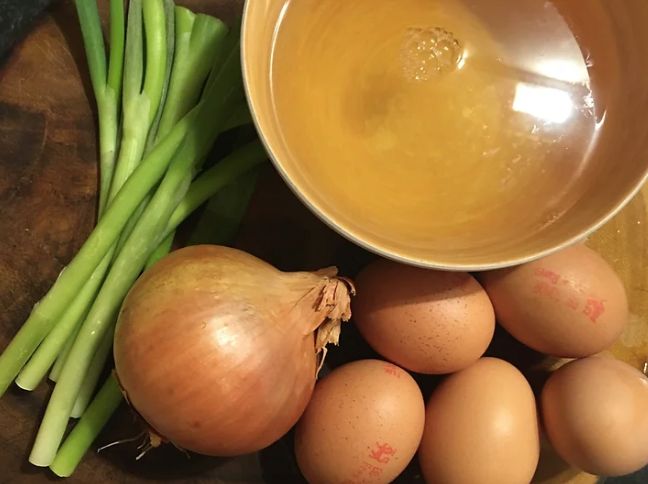
6. Now to cook, begin by adding a drizzle of oil to a hot pan, then add the marinated chicken skin side down first in batches. Fry until the chicken has a nice sear then place the sealed chicken to one side in a bowl when ready.
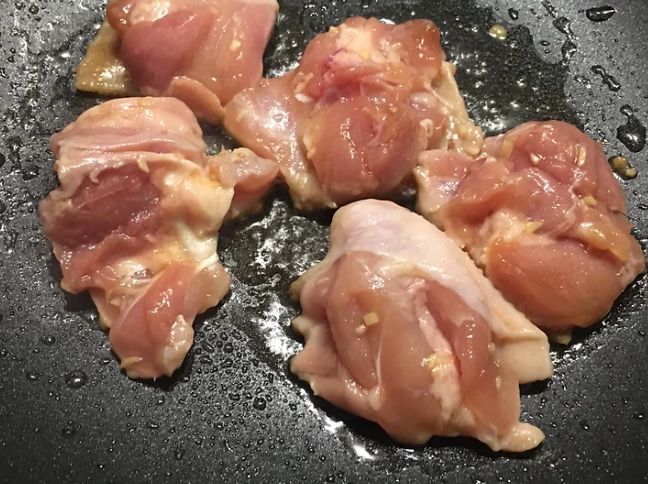
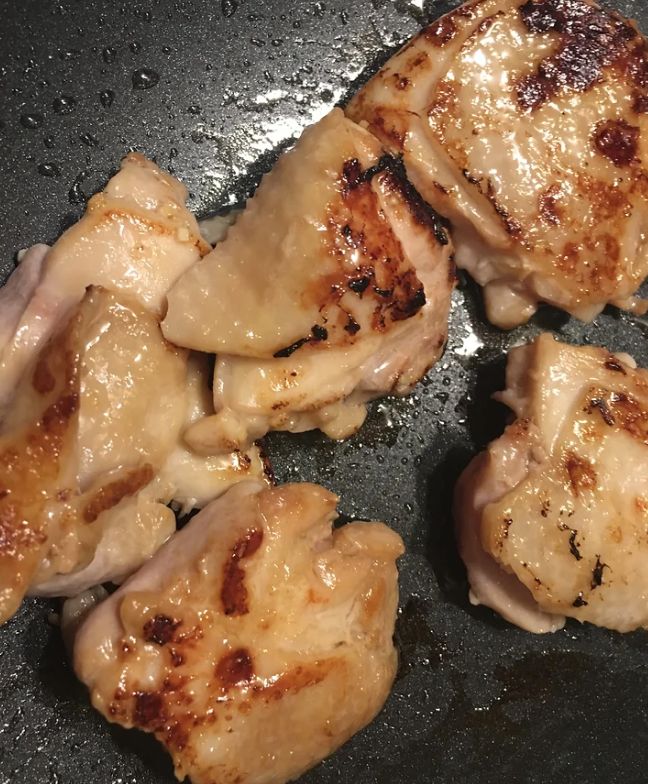
7. When all of the chicken has been sealed clean the pan of any excess oil before completing the dish. I find the best way to cook Oyakodon is to make each portion individually, however, you can make all together if you wish. For each portion add approximately 200ml of dashi stock to a pan then place onto a high heat. Now add a handfull of sliced white onion and cook for 2 minutes. When the onions become soft add 5 or 6 pieces of sealed chicken and continue to cook for another 2 minutes. By this point the chicken should be cooked and the dashi should have reduced by half.
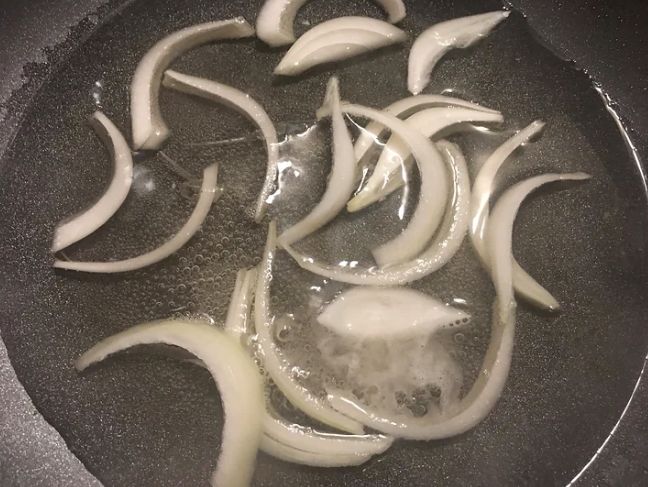
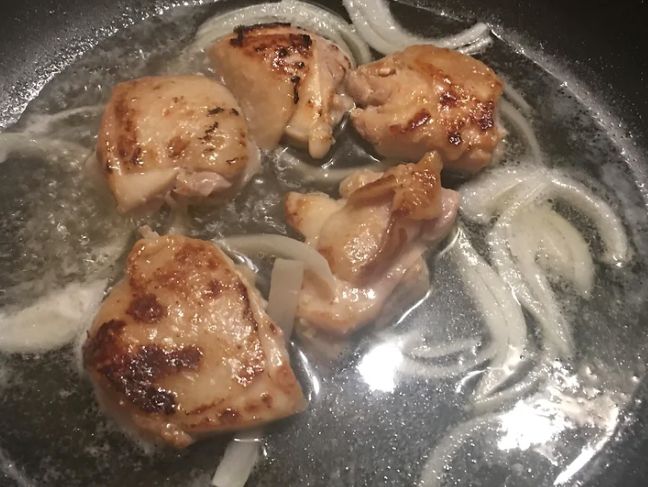
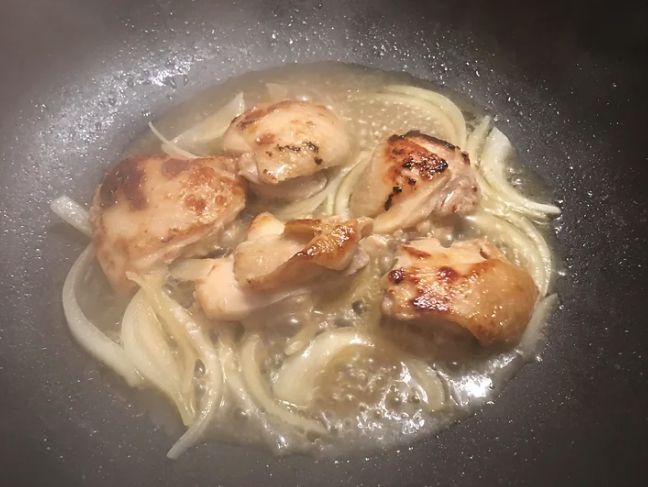
8. To finish the oyakodon the final step is to add the eggs. Whisk together 2 eggs (per person) lightly as we want the eggs to become fluffy. Turn the heat down to low then add the eggs evenly to the pan. Add some of the finely sliced spring onions and cook for 1-2 minutes depending on how far cooked you like the eggs to be.
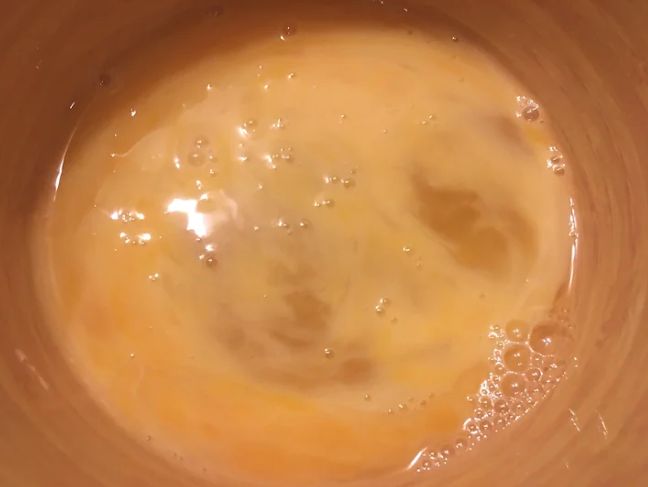
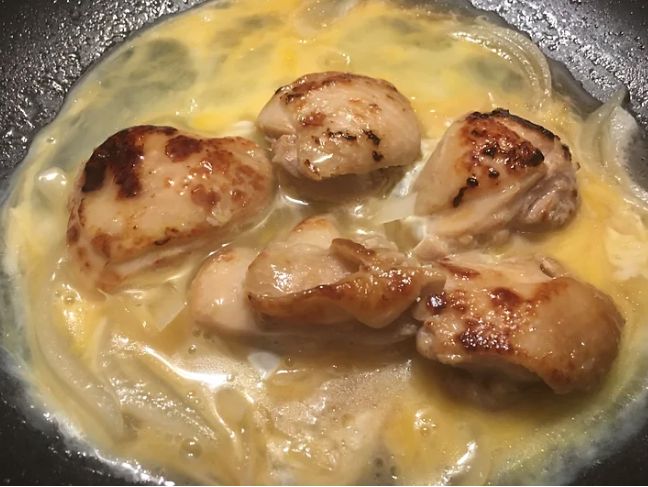

9. To finish the oyakodon carefully move the chicken and eggs into a bowl of freshly cooked Japanese rice. Top with some more sliced spring onion, pickled ginger and some Shichimi pepper for a little extra kick. Repeat the cooking process for each person or cook in 1 large batch…hope you like this classic Japanese recipe! Have fun!
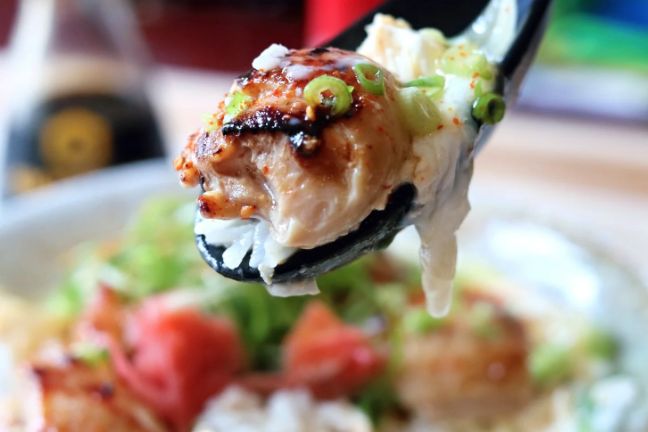
Additional notes
Instead of chicken, you could also use thinly sliced beef, salmon or just mushrooms to create a vegetarian recipe. If you struggle to find the ingredients for dashi then you could buy instant dashi or even use chicken stock although the taste will be slightly different to the traditional way. Hope you enjoy this simple yet deliciously comforting classic!

